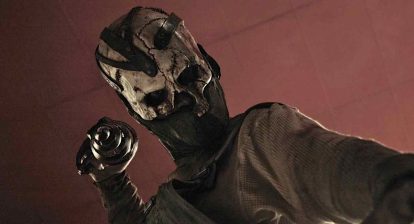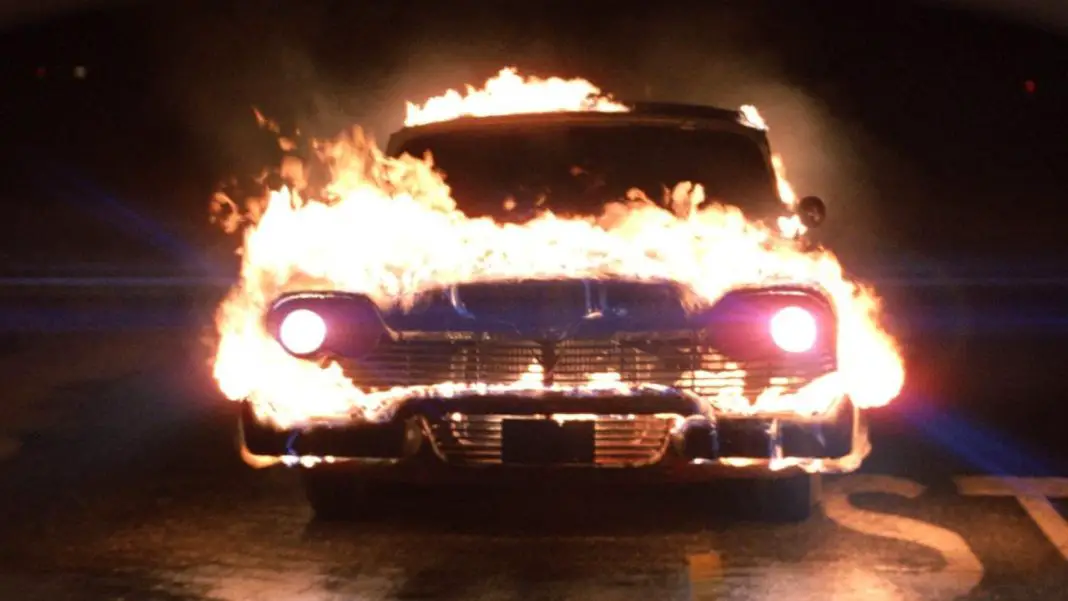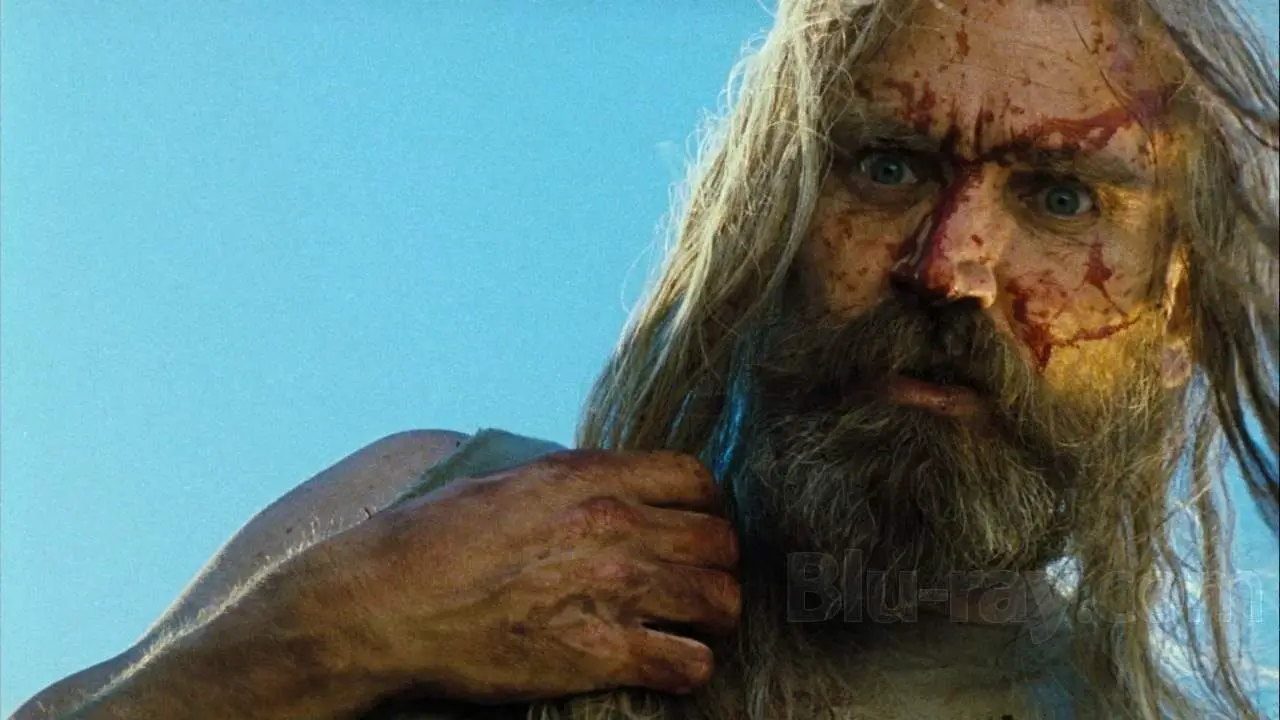In a time of remakes, reboots, re-imaginings and so forth, the genre fan has a narrowed selection in terms of originality. This debatable lack of creativity divides audiences on a regular basis. Whether or not one is a fan of the remake, the idea of proper acknowledgment and credit should never be in question. Intensity is a novel written by Dean Koontz in 1995. A two-part miniseries was produced in 1997 that aired on the Fox network. High Tension is a 2003 French film directed by Alexandre Aja. The first half of all three works have virtually the same plot. Even the titles have a similar ring to them. The problem is that Aja’s film gives zero credit to Koontz’s original work.
Similarities Between High Tension and Intensity
Spoilers ahead. The story follows a young girl (Chyna in Intensity and Marie in High Tension) accompanying her friend on a trip home. In all versions, the main “protagonist” is a loner that prefers to remain on the outside of conventional family life. Little is known about Marie whereas the audience comes to know quite a bit about Chyna’s dysfunctional childhood. Both Chyna and Marie are drawn into a holiday trip to the friend’s secluded home. The first night there, a stranger enters the house and murders the family members. He brutalizes the friend. Chyna and Marie use stealth and their wits in order to evade the killer. Both incarnations decide to stow away in order to chase this mystery man once he kidnaps the friend.
The identical plot continues in the back of the RV in Intensity and the rear of the truck in High Tension. Chyna and Marie keep their presence unknown as they continue to evade the killer. He stops at a gas station where the two separate lead characters narrowly escape the mystery man’s wrath. He viciously attacks the gas station attendant and exits the store. Chyna and Marie take a car from the gas station and remain in pursuit.
The Point Where the High Tension and Intensity Diverge
At this point, Intensity and High Tension finally come to a crossroads and head in different directions. The novel and miniseries have not yet reached their midpoint. However, only twenty minutes remain in Aja’s film. Koontz’s original work has been utilized to tell approximately eighty percent of this French horror film. There is irony that Aja’s shocking twist reveals an unreliable narrator spinning a dishonest tale when the filmmakers, themselves, are unreliable storytellers.
Any fan of Koontz is left with a bad taste in his or her mouth. Particularly hard to swallow is when Aja and co-screenwriter, Grégory Levasseur, discuss in the DVD special features the importance of writing. They declare the final product is due to the writing process. Well, sure. Someone else’s written work is the basis of their entire plot. The problem is they are inferring the film’s success is because of their writing abilities. These declarations are frustrating. Mainly because from the atmosphere to the acting, High Tension is an effective and scary film.
Wicked Horror TV Has Classic and Independent Horror Films to Stream for Free!

The Collective Merits of the Intensity Miniseries
The miniseries is also well done. The character development is particularly strong. Molly Parker’s Chyna is more vulnerable than Cécile de France’s Marie. She is the victim of a traumatic childhood which compels her to continue her journey. Where Marie portrays an active hero, Chyna has to force herself to keep going. She is no less heroic than Marie. The difference is her impulses are reactionary compared to de France’s character. Arguably, Chyna is the braver of the two incarnations. The audience knows of her tragic childhood and sympathizes with all she must overcome.
The only difference between the killers is a physical depiction. In High Tension, Phillipe Nahon is a dirty and burly man. Portrayed by John C. McGinley, Edgler Vess is a charismatic and immaculately clean psychopath. The two personalities converge with their parallel interactions taking place in the gas station. The way in which they toy with the attendant displays their disturbing sense of humor. Overall, there is more material for McGinley, and he delivers a memorable performance.
The miniseries is an acknowledged adaption from Dean Koontz. In fact, the advertising and DVD cover both feature the moniker Dean Koontz’s Intensity. Allegedly, Aja was questioned in 2004 at the Sundance Film Festival about all the similarities. Glenn Lovell of the Herald-Tribune reported that Aja skirted the issue. He declared that High Tension is a tribute to all horror movies. In the immediate years following, he used misleading statements when discussing the relationship of his feature to Intensity.
Aja Admitted to Taking Inspiration for High Tension from Intensity
Aja eventually admitted to reading the book. He even acknowledges there are similarities “at the beginning.” However, he did not confess to any actual influence the novel had on his film. Considering that the bulk of his film is directly lifted from the original source material, one can argue that the two are more than just similar. In fact, one can find insult in that Aja could credit nameless horror flicks instead of the specific author that provides the material of his story. Especially, since the director has enjoyed an abundance of success due to High Tension’s popularity.
The main issue is that despite Aja’s achievement with a fantastically brutal style, what engages the audience is the character development of Marie. She is Chyna. Koontz created a series of thrilling events for this heroine. The viewer wants to see how she will handle them. The final twist is shocking and reveals that Marie is a hero only in her mind. However, until that moment, the audience cannot look away. The feature evokes genuine terror from the audience. Aja’s elements of gore alone do not engage the audience. This effect is created by the characters and situations Dean Koontz produced in his novel.
Dean Koontz Took the High Road
Dean Koontz’s camp decided to not take any action. Arguably, this is an intelligent position to take on the situation. Koontz is aware of High Tension. He refuses to mention the title of the film in order to take away any extra publicity for the film that may incur with his association. One can click onto his website and scroll to find his response. In general, he does have negative comments to make about the French film. Intensity falls into the psychological thriller category. The abundance of gore was not his original intention and finds it to be “disgusting.”
High Tension is a polarizing film for horror fans. Those left unsatisfied with the conclusion of the French flick should check out the Intensity miniseries. The suspense is left intact. There is less gore. The second half of the film participates in psychological issues, too. However, the miniseries leads down a very different path. A warning that the production values belong to the late 1990’s and are not as current as one finds in High Tension. That does not equate to the overall product being inferior. Those that found High Tension problematic should look to the adaption approved by Koontz for satiation.
If You Want to Compare and Contrast, Start With the Book
Ultimately, I would recommend everybody to start with the original source material. As much as I enjoy a good book, there are few that I pick up and find myself hooked within the first three pages. I watched High Tension long before I had a chance to see the miniseries. The book had left a significant imprint such that I was able to recognize small similarities within Aja’s film long before the larger ones made themselves apparent.
Any art from a post-modern society dictates a lack of originality. Similar components are what generate the motifs of a genre. This is done out of necessity. That is how the audience instantly recognizes the kind of film they are watching. Nevertheless, drawn between similarity and plagiarism is a definite line. High Tension blatantly engages in rip-off territory. The filmmakers do not simply lift character development out of Koontz’s novel. Nor do they create a mildly similar scenario. The people, the places, and scenes are taken directly from another source.
All in All
The simple lack of identifying that High Tension is “based on a novel by Dean Koontz” ruins so much of what was great about Aja’s film. His atmosphere was chilling. The actors were sympathetic and believable. There was satiation for those enjoying excessive amounts of gore. The complete behind-the-scenes information may never be known regarding whether Aja and Levasseur went through any proper channels. It seems unlikely considering the writing credit they shamelessly took in the special feature interviews. The only originality the French team created was the final twist in the climax. Everything was all in Marie’s head. But was it all in Marie’s mind? Or was it maybe something she remembered from a book she read by a well-known author? After all, Marie, like her so-called creators, is an unreliable narrator.
Updated June 15, 2024







